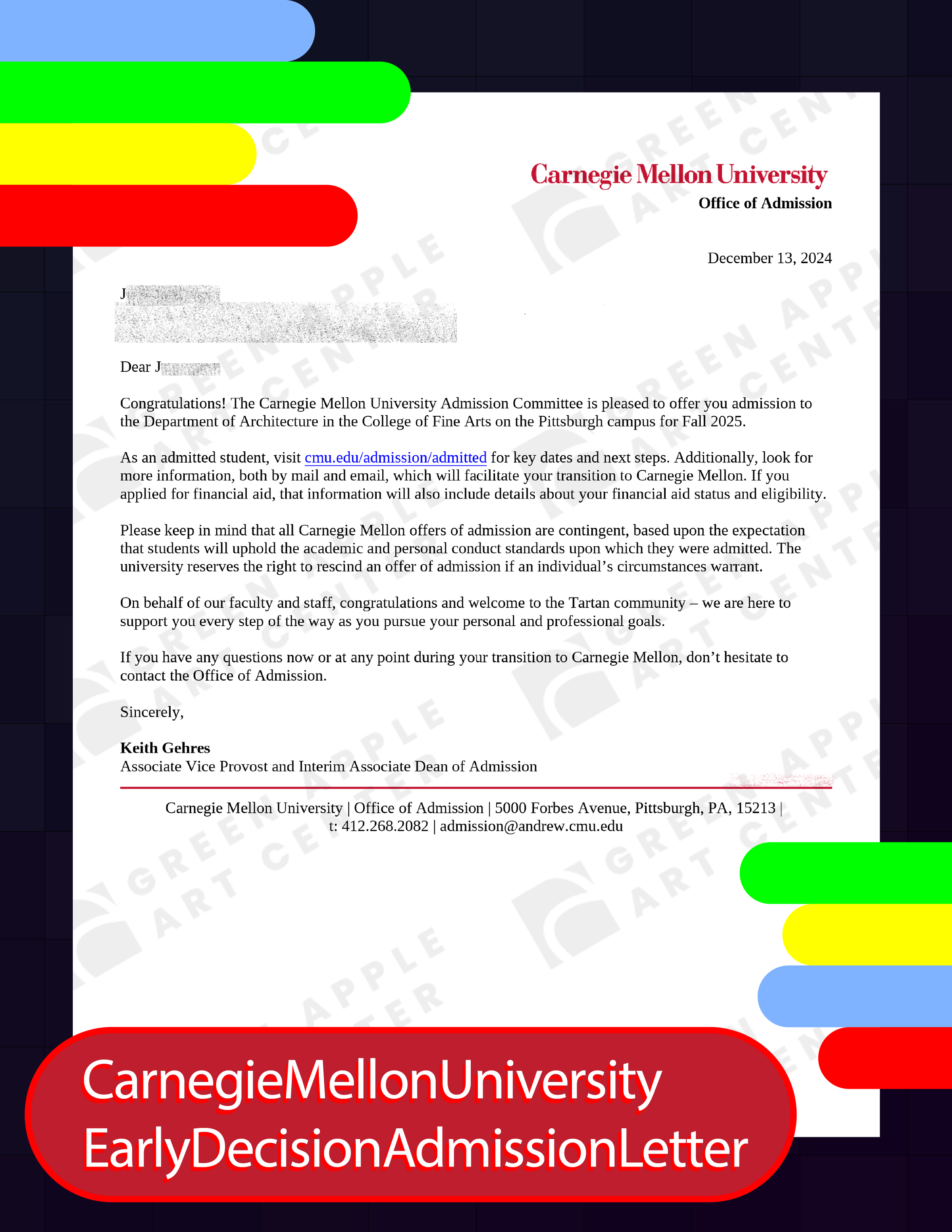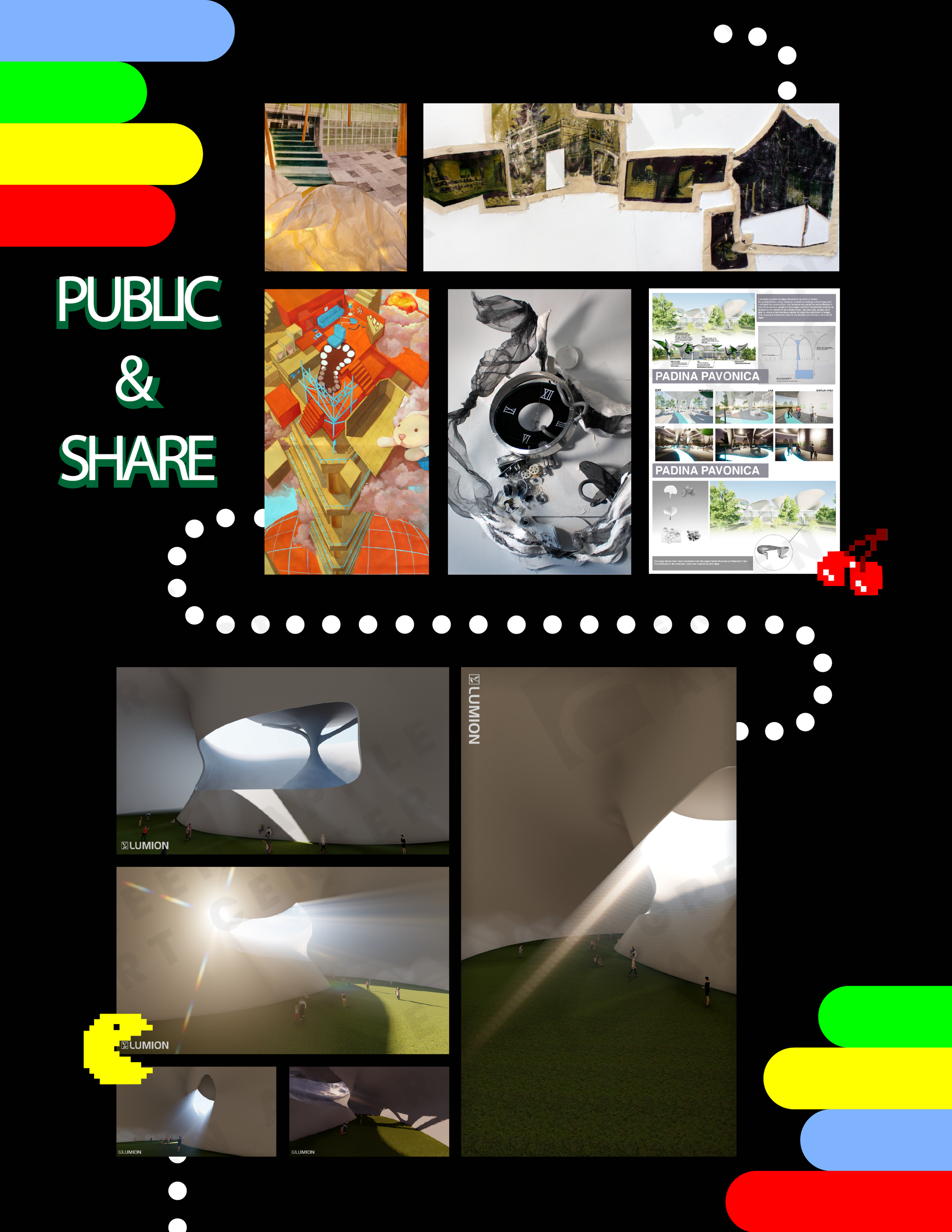Exciting news to kick off 2025! Our GAAC student, Jungyoon, has been successfully admitted to Carnegie Mellon University's School of Architecture through early decision! Over the past three years, Jungyoon explored various artistic fields with the guidance of our instructors, determined the direction and themes of her portfolio, and was supported every step of the way through creation and application. Her early admission success fills every GAAC mentor with pride!
At GAAC, helping students gain admission to top-tier and Ivy League schools through the arts has been our specialty for over two decades. Feel free to contact us for guidance!
01
About CMU
Carnegie Mellon University (CMU), located in Pittsburgh, Pennsylvania, is a world-renowned private research university known for its cutting-edge work in technology, the arts, and interdisciplinary innovation. Its School of Architecture (SoA) is globally recognized for academic excellence and forward-thinking design principles, producing generations of industry-leading architectural professionals.
CMU’s architecture program blends design, engineering, sustainability, and computing to offer a truly interdisciplinary educational experience. The curriculum emphasizes technical innovation and the social impact of architecture, covering areas such as structural systems, materials science, digital modeling, and urban planning. Courses also integrate advanced topics like artificial intelligence, robotic construction, and environmental sustainability, equipping students with competitive skills for the future of architecture.
As a STEM-designated program, CMU architecture graduates enjoy exceptional opportunities for employment and further study, with alumni found at leading firms such as OMA, BIG, and Foster + Partners. Whether driven by technology or sustainability, CMU empowers students to lead in shaping the future built environment.
02
Portfolio Preparation Guide
Applying to an architecture program does not mean your portfolio must consist solely of 3D models or architecture-related projects. In fact, a strong portfolio showcases your creativity, depth of thinking, and understanding of space, materials, and design. A variety of work—drawing, crafts, digital art, photography, and installation art—can be included, as long as it reflects your observational skills, conceptual thinking, and unique artistic expression.
Carnegie Mellon highly values interdisciplinary exploration and innovation in applicants’ portfolios. They encourage experimentation with materials, media, and ideas—moving beyond traditional architectural forms to express a distinctive visual language. Projects that blend architecture with technology, art with engineering, or digital methods with handcraft are highly regarded. Exploring materials from multiple dimensions and pushing creative boundaries are key elements CMU looks for.
A portfolio is more than just a collection of works; it is a demonstration of your thinking process. It should reflect your creativity, critical thinking, and problem-solving abilities through design. What truly captures CMU’s attention is the courage to challenge conventions and express a unique perspective on the world. Interdisciplinary integration and multifaceted thinking are at the heart of CMU’s architectural vision—and the cornerstone of a portfolio that stands out.




